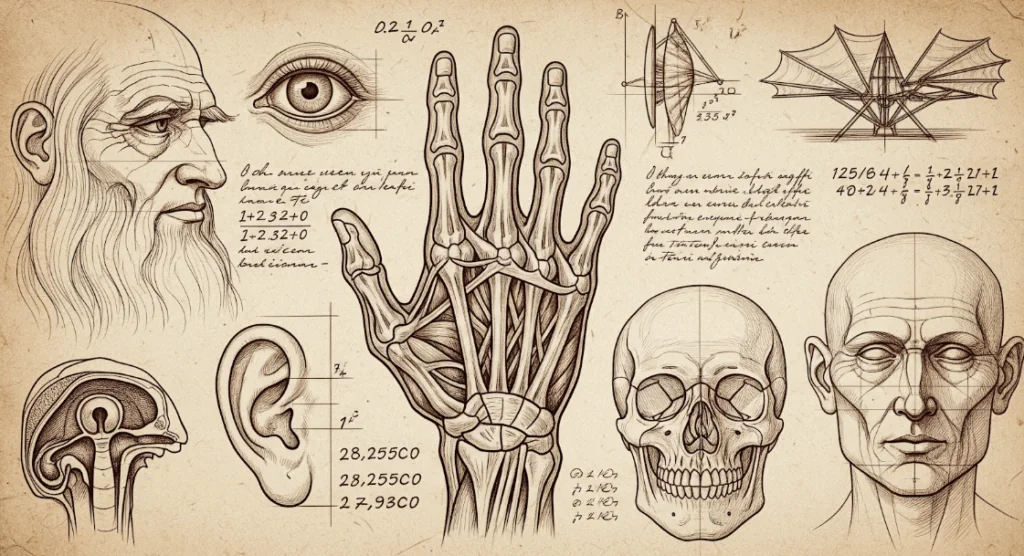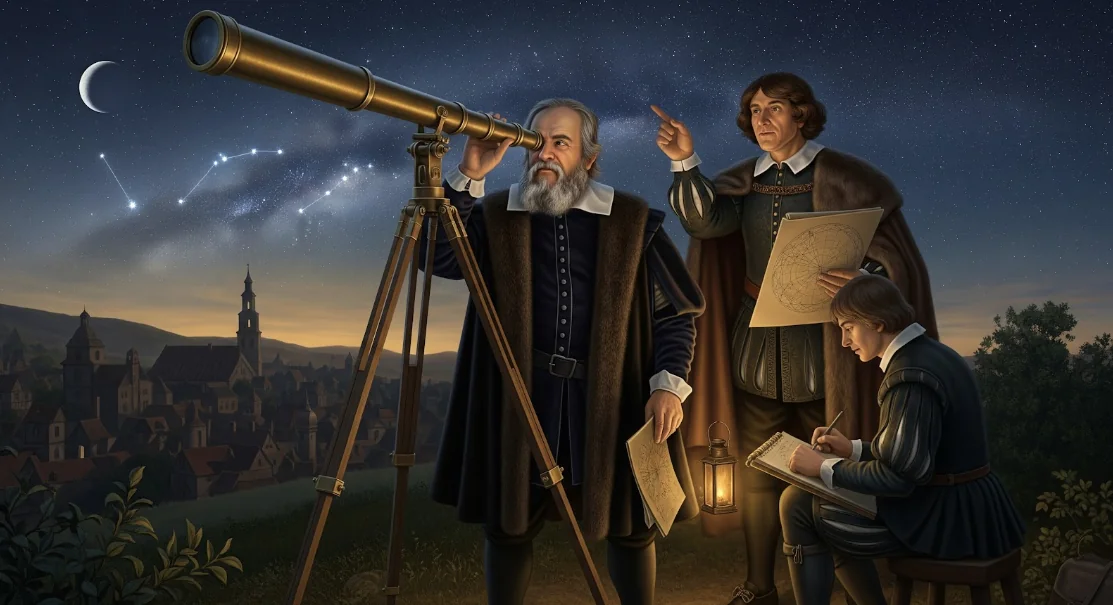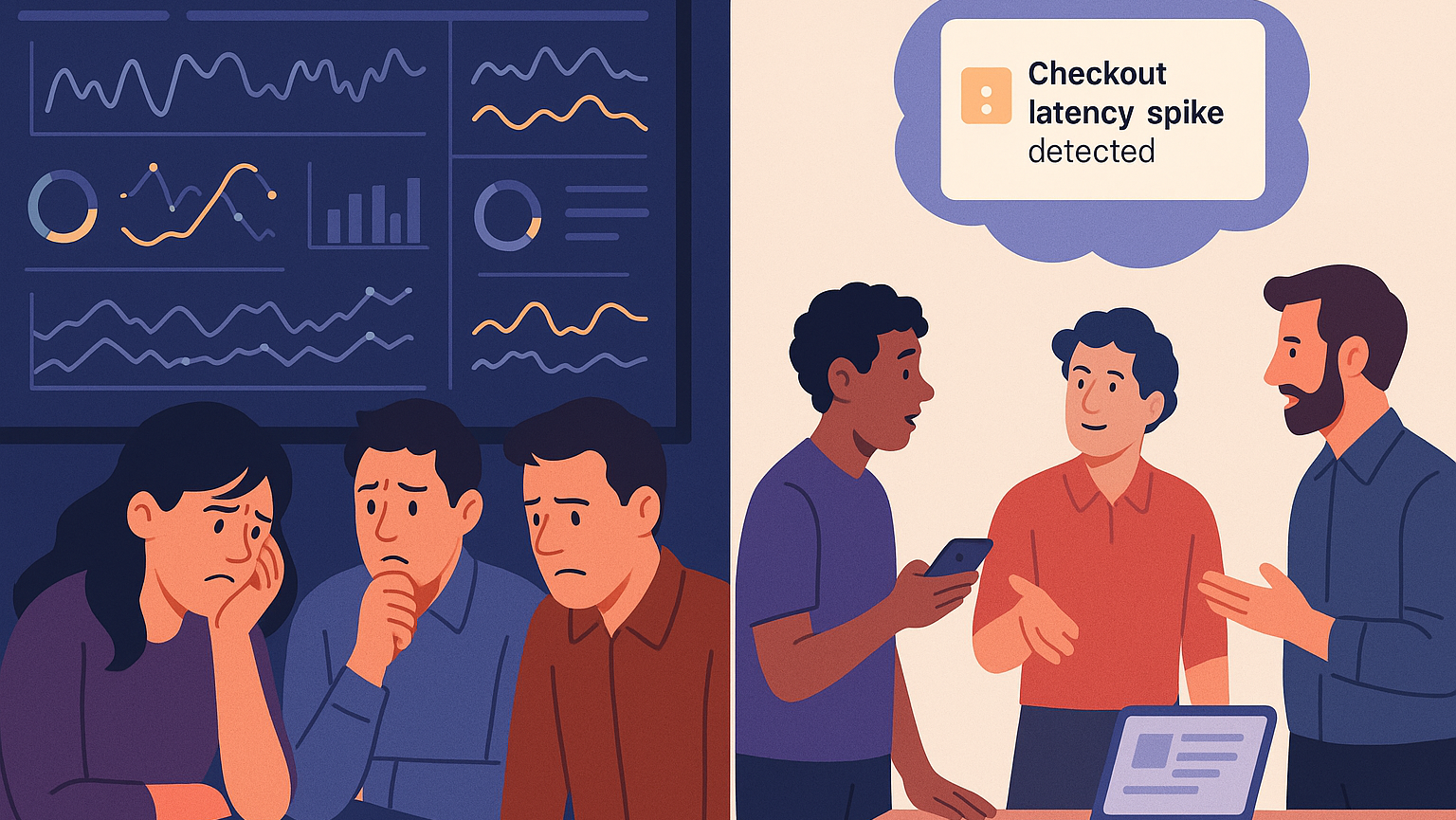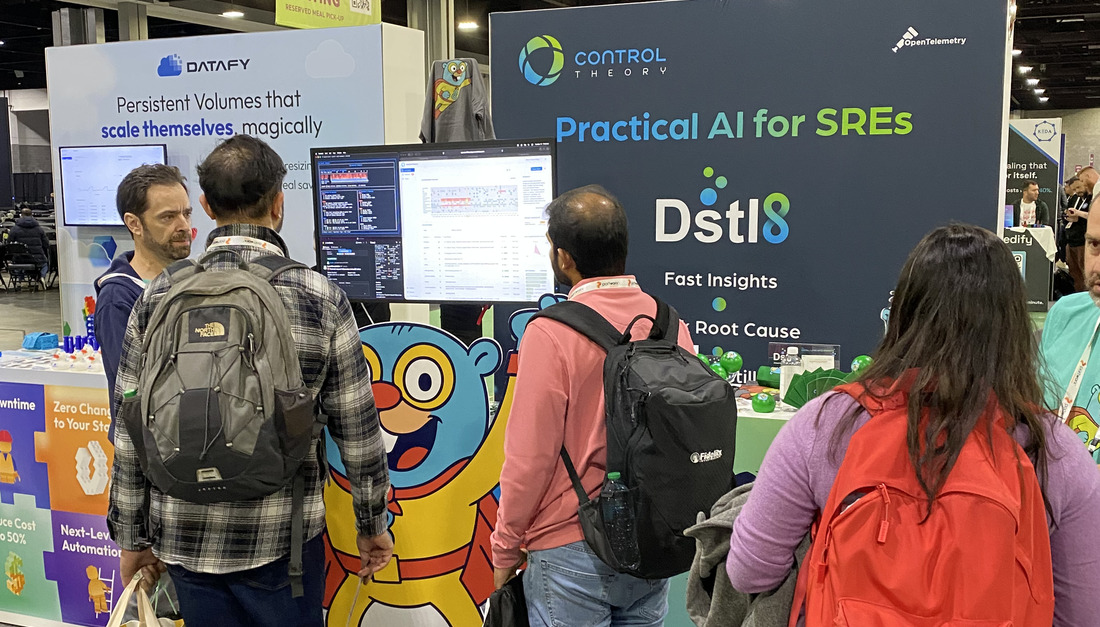The Renaissance wasn’t just about rediscovering old texts or painting in perspective. Its real breakthroughs lay in humanism: a shift in focus from abstract dogma to lived human experience.
For too long, we’ve been in a kind of middle age of observability — monolithic platforms, heavy tools, and ever-sprawling data stores. They deliver data — too much data — often at the cost of engineer focus, soaring bills, and cognitive overload. Dashboards multiply, but clarity doesn’t.
This blog was originally published as part of the Observability Next newsletter series. Check it out and subscribe!
The Middle Ages of Observability
Think of today’s observability stack like Europe before the Renaissance: knowledge was preserved, but fragmented and cloistered; literacy was rare; insight was gated.
In observability, access to telemetry is often locked behind massive data stores, multitudes of dashboards, or complex queries. SREs and developers get glimpses of the data, but not always the story.
The Catalyst for Change
Renaissances don’t just happen — they’re sparked. Trade routes brought new ideas, rediscovered manuscripts reignited curiosity, and crises forced rethinking.

For us, the catalyst is AI. Not “AI SREs” replacing humans, but AI augmenting engineers: assistants that surface context, triage anomalies, and accelerate verification. Just as Renaissance humanism put people back at the center, we need observability tools that put engineers back in flow.
Humanism and AI
According to Britannica, humanism is a philosophical stance emphasizing the value, dignity, and agency of human beings as the starting point for moral and intellectual inquiry.

By focusing on the unique capacities and abilities of humans, Renaissance humanism emphasized the value of the human intellect as something to be cultivated and celebrated. Fast-forward to today: our goal should be to augment and empower that intellect — not to replace it with so-called “superhuman” powers.
Renaissance Humanism Reborn in Observability
Perspective in Art → Perspective in Patterns
Renaissance artists invented linear perspective, changing how we see the world. Pattern analysis and filtering give engineers new ways to see systems in depth and context.
Humanism → Engineer in Flow
The focus shifts from raw data to human experience: tools that amplify judgment rather than drown it.

Printing Press → Open Source + AI
The printing press democratized knowledge. OpenTelemetry, Gonzo, and AI assistants democratize observability — bringing clarity to every developer, not just big enterprises.
Why It Matters Now
We don’t need an AI “SRE” to replace the role. We need practical AI for SREs — augmenting human expertise with distilled, actionable insight. That’s the essence of a humanist observability renaissance: machines help, but humans remain at the center.
This is the moment to move beyond the middle ages of bloated, expensive, fragmented incident management and root-cause analysis. An observability renaissance is forming — powered by AI, open, empowering engineers, and fundamentally human.
press@controltheory.com



 Back
Back

